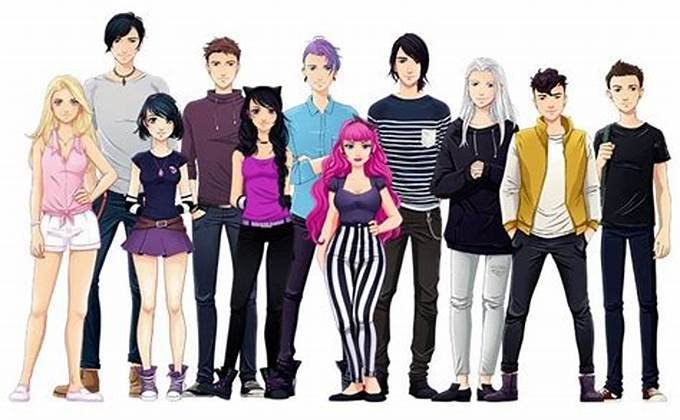Japanese horror films hold a special place in the global horror genre. They are unique in their storytelling, atmosphere, and themes. While many Western horror films focus on jump scares, Japanese horror takes a different approach. It blends supernatural elements with deep psychological thrills, making the audience feel a lingering sense of unease. In this article, we will explore what makes Japanese horror films stand out, from ghost stories to the psychological impact they leave behind.
The Role of Ghosts in Japanese Horror
First and foremost, Japanese horror often draws heavily from its rich folklore. Ghosts, or “yūrei,” play a central role in many films. These spirits are not just meant to scare; they often have tragic backstories. Unlike Western ghosts, yūrei are portrayed with long, dark hair and pale skin, which adds to their eerie presence. For instance, movies like The Ring and Ju-On: The Grudge feature vengeful spirits who haunt the living. The key difference here is the atmosphere. Instead of relying on loud scares, these films use slow-building tension, making the horror more psychological.
Psychological Horror Over Jump Scares
In addition to the supernatural, Japanese horror excels at psychological horror. The focus is not always on monsters or gore. Instead, filmmakers delve into the characters’ minds, exploring their fears and anxieties. This approach keeps viewers on edge long after the movie ends. One notable example is Audition by Takashi Miike. The film begins as a slow-paced drama but gradually transforms into a psychological nightmare. As a result, the tension builds subtly, leaving viewers with a lasting sense of dread.
Minimalism in Japanese Horror Films
Another unique element in Japanese horror is minimalism. The settings are often simple, but this simplicity amplifies the unease. For example, many scenes take place in ordinary homes, schools, or small towns. This contrast between normal settings and terrifying events makes the horror more relatable. Viewers feel as though the supernatural could easily invade their own lives. Consequently, films like Dark Water and Cure use minimal settings to heighten suspense, making every shadow and silence feel menacing.
The Importance of Atmosphere
Next, atmosphere plays a significant role in Japanese horror. Directors focus on creating an unsettling mood rather than shocking the audience with sudden scares. Music and sound design are often sparse, leaving viewers in eerie silence. For example, Onibaba and Kuroneko are older films that masterfully use silence and tension to create a haunting atmosphere. The lack of noise forces the viewer to pay attention to every small detail, building a slow but intense fear.
Cultural Themes and Folklore
Japanese horror also frequently incorporates themes from the country’s history and folklore. Stories of revenge, family curses, and ancestral spirits are common. Moreover, these films explore deeper cultural issues, such as guilt, shame, and social isolation. This connection to cultural themes adds depth to the horror, making it resonate more with audiences. A great example is Kwaidan, which is a collection of ghost stories based on traditional Japanese folklore. The film’s blend of folklore and eerie visuals creates an unforgettable experience.

Influence on Western Horror
Furthermore, Japanese horror has had a significant influence on Western cinema. Many iconic Japanese films have been remade for Western audiences, including The Ring and The Grudge. These adaptations helped introduce Western viewers to the slow-burn style of Japanese horror. While the remakes gained popularity, they often missed the subtle tension and atmosphere that made the originals so powerful. This difference highlights the unique storytelling elements that make Japanese horror films stand out globally.
Conclusion
In conclusion, Japanese horror films are unique because they blend supernatural elements with psychological depth. From ghost stories rooted in folklore to minimalist settings and eerie atmospheres, these films leave a lasting impact on their viewers. Unlike many Western horror films, which rely on jump scares, Japanese horror builds tension slowly and explores the darker sides of human nature. As a result, these films continue to captivate and terrify audiences worldwide.










